How Consumers Cry Poor While Queuing for $17.50 Happy Meals
- Juanita Neville-Te Rito

- Aug 18
- 7 min read
Updated: Aug 19

Why traditional retail wisdom is dead, and the brands and businesses winning are the ones that understand the new rules of irrational consumer behaviour.
The McDonald's Experiment
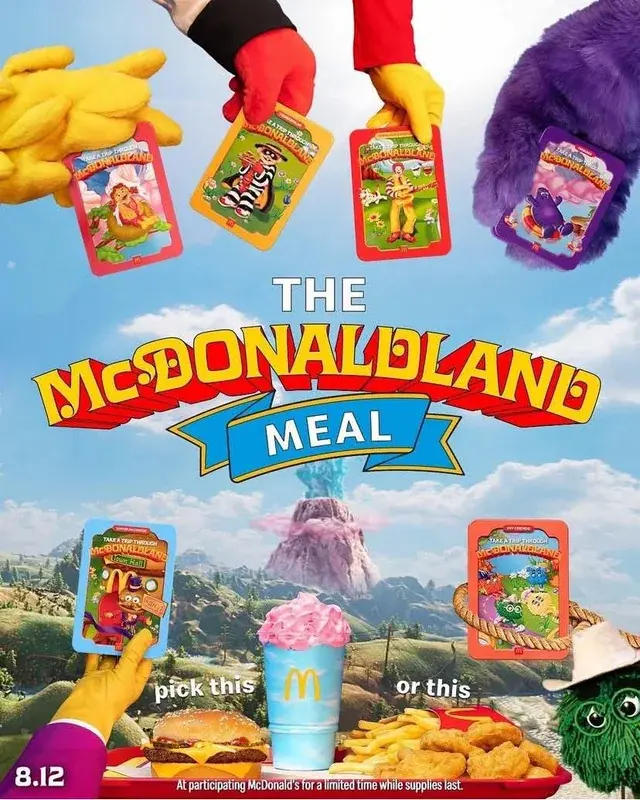
Let me start with a confession. On Monday this week, I bought a McDonald's Adult Happy Meal (officially called a McDonaldland Meal) for $17.50. Yes, I put my body on the line for retail - yet again. If you want the full experience breakdown with pictures, you'll have to check my LinkedIn. But here's the summary: I'm happy my McDonaldland Shake came with complimentary Grimace colours (it was genuinely tasty), but it's still repeating on me six hours later as I write this piece.
Why does this matter? Because while I was queuing behind adults equally excited about collecting toys, I was witnessing the perfect contradiction of modern retail.
The Great Consumer Contradiction
Here's the picture of modern retail insanity. In New Zealand, where consumer confidence has fallen off a cliff and 44% of people say they're worse off than last year, we're simultaneously watching:
Mecca opening the world's largest standalone beauty store in Melbourne to record crowds (and some Kiwi's travelled to be there specifically for the moment)
Adults lining up globally for collectible toys that cost more than many people's weekly grocery budget (yes, the Labubu)
McDonald's charging $17.50 for adult Happy Meals and watching people collect away
Temu and Shein exploding while traditional retailers bleed customers
If you're a retailer trying to make sense of this, you're probably questioning your sanity. Good. Because the old playbook is largely dead, and the sooner you accept that, the sooner you can start winning.
The Retail Opportunity Hierarchy: A Survival Guide
Here's the brutal truth: consumers ARE spending less money overall, but the money they do spend is being allocated with ruthless precision. If you're not in the right categories, you're not just losing market share - you're losing relevance entirely.
I thought I would have a crack at trying to navigate what this means, to shake out how to interpret the often unpredictable. Here's how I've clustered the opportunities to interpret value through customer behaviour and retailer responses:
The Untouchables (Growth Despite Everything)
1. Experience-Driven Retail Just over a week ago, Mecca didn't just open a store; they created a destination. Customers queuing from 4am and over 20,000 customers on opening day! When consumers are cutting back, they don't eliminate experiences - they become more selective about which ones deserve their money. The brands winning here understand that retail theatre trumps product utility every time.
The new Mecca Bourke Street, Melbourne.
2. Collectibles and Status Signalling Labubu toys, McDonald's adult collectibles, limited sneaker drops - these aren't purchases, they're social currency. When people feel economically vulnerable, they actually increase spending on items that signal identity and belonging. It's counterintuitive but completely human. Or as I like to call it... a little treat, and don't get me started on the "highs" that customers experience from a blind box (because there can also be lows!))
The "little treat" psychology is massive and deserves recognition. People are denying themselves big purchases but justifying small indulgences that add up to significant spending. That $17.50 Happy Meal isn't about the food - it's about giving yourself permission to feel joy in an otherwise constrained environment.
Labubu craze skyrocketed a small Beijing toy store to a $46.1 billion global success and now its CEO is China’s 10th richest man
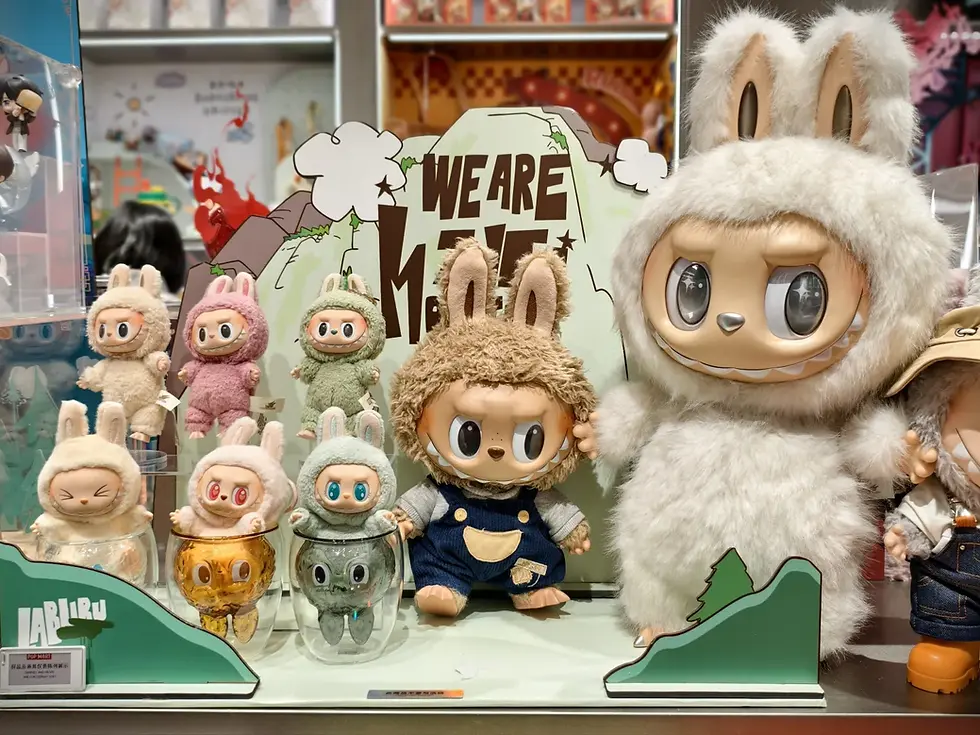
3. Extreme Value Plays Aldi doesn't just offer low prices; they've made being thrifty feel like being smart. The coin-for-trolley system, the bring-your-own-bags policy, the no-frills store design - these aren't cost-cutting measures that customers tolerate, they're rituals that make customers feel like insiders who know how to get better deals.
Shopping at Aldi becomes a badge of intelligence rather than a sign of financial stress. Costco creates a similar effect where bulk buying feels like winning at wholesale rather than hoarding - you're not buying 24 toilet rolls because you're desperate, you're buying them because you're strategically outsmarting the system.

The Adapters (Learning to Bend)
4. Category Killers Kmart ANZ exemplifies this perfectly - growing its net profit by over 50% year-on-year despite a tough retail environment, with NZ revenue approaching $1 billion annually. But here's the killer insight: 85 per cent of products in Kmart stores are Anko brand. They've essentially become a private label powerhouse masquerading as a department store, using category dominance to push their own products.
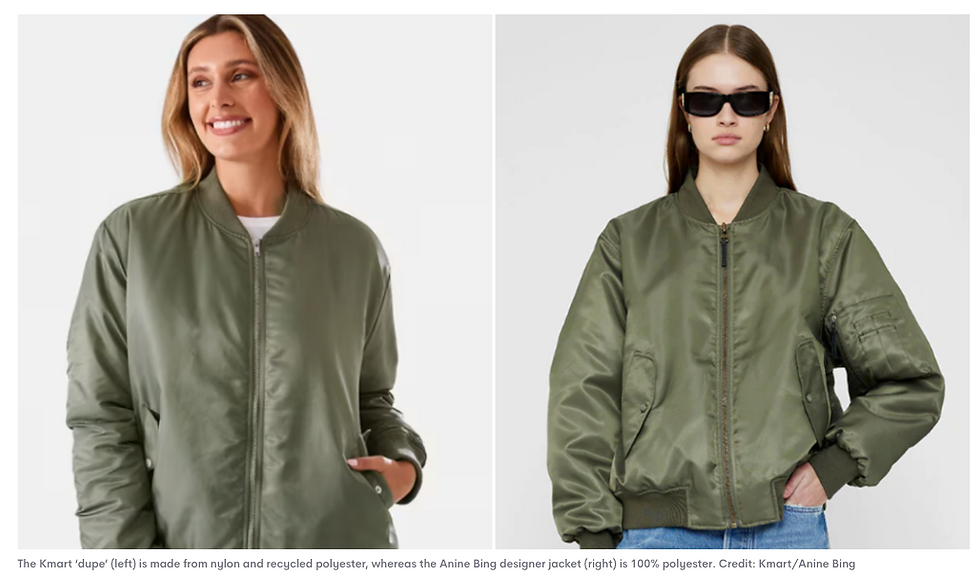
The "Kmart hack" social media phenomenon has turned their customers into unpaid marketing armies, while their expansion (including opening their largest NZ store at Westgate) shows they're not just surviving - they're thriving by making value shopping feel like treasure hunting. I spend hours watching the performance of Kmart products and fill baskets with products before they run out.

JB Hi-Fi demonstrates the same principle with a twist - total group sales reached $10.6 billion in 2025, up 10% from the previous year, with their New Zealand operations posting a remarkable 20% sales increase to NZD $396 million. They've mastered being the definitive destination for electronics while making customers feel like they're getting insider deals, not just low prices.
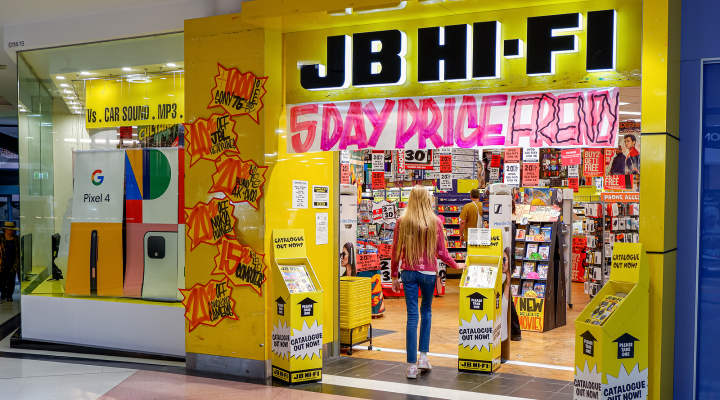
5. Private Label Powerhouses The rise in homebrand purchases isn't just about saving money - it's about retailers creating premium experiences around their own products, and consumers turning value shopping into a form of expertise. We're seeing people actively hunt for Trader Joe's products in Pak n Save stores, not because they can't afford the branded alternative, but because finding the "must have product" has become a mark of sophistication.
The explosion of "dupe culture" on TikTok has transformed private label shopping from a compromise into a competitive advantage - influencers build entire followings by breaking down ingredients and proving that the $3 moisturiser is chemically identical to the $30 branded version. Social media has fundamentally changed value perception, turning smart shopping into performance art. Smart retailers are leveraging this trend, understanding that private label success isn't about being cheaper - it's about making customers feel like they've cracked a code that less informed shoppers haven't discovered yet.

Here is an example of a shop I did at Kmart before I hit delete. The furniture is duping a beloved brand and likewise the duvet and pillows I was going to buy for a fraction of the cost (Hommey anyone). I was even going to pay $56 delivery fee before I came to my senses.
The Disruptors (Making New Rules)
6. Ultra-Fast Fashion & Direct-to-Consumer Temu and Shein aren't winning on price alone - they're winning on dopamine. The gamified shopping experience, the constant newness, the social media integration. They've turned shopping into entertainment for a generation that's bored, broke, and perpetually online.

7. Platform-Enabled Value Discovery

Amazon Haul's Australia launch isn't about competing on selection - it's about creating a new category where discovery feels like winning. When traditional retail feels predictable and expensive, platforms that make finding value feel like a treasure hunt create their own demand.
The Cautionary Tale: The Warehouse
While Kmart soars, The Warehouse flounders - a perfect example of what happens when you get stuck in the middle. Not premium enough to command loyalty, not value-focused enough to compete with the real disruptors. They're the retail equivalent of being neither fish nor fowl in a market that rewards extremes.
The New Rules of Retail Physics
Rule 1: Emotional Value > Functional Value
Consumers will pay $17.50 for a Happy Meal with a toy while buying homebrand cereal. The McDonald's purchase makes them feel nostalgic and special; the cereal is just fuel. If your product doesn't trigger an emotional response, you're competing purely on price - and that's a race to the bottom.
Rule 2: Friction is Features (Sometimes)
Costco makes you buy a membership and purchase in bulk. Aldi makes you bring a coin for the trolley and pack your own bags. This friction doesn't hurt sales - it makes customers feel like they're part of an exclusive club that gets better deals. Meanwhile, Temu removes all friction and makes impulse buying frictionless. The key is being intentional about where friction helps or hurts.
Rule 3: Scarcity Can Beat Abundance
Limited edition Happy Meal toys outsell regular menu items. Labubu drops create global queues. Meanwhile, endless choice in traditional retail creates decision paralysis. Artificial scarcity and drops create urgency that overrides price sensitivity.
Rule 4: The Generational Value Divide
Boomers still value traditional quality and service. Gen X wants efficiency and reliability. Millennials seek experiences and ethical consumption. Gen Z demands entertainment, authenticity, and social media shareability. One size fits none.
How to Play the New Game
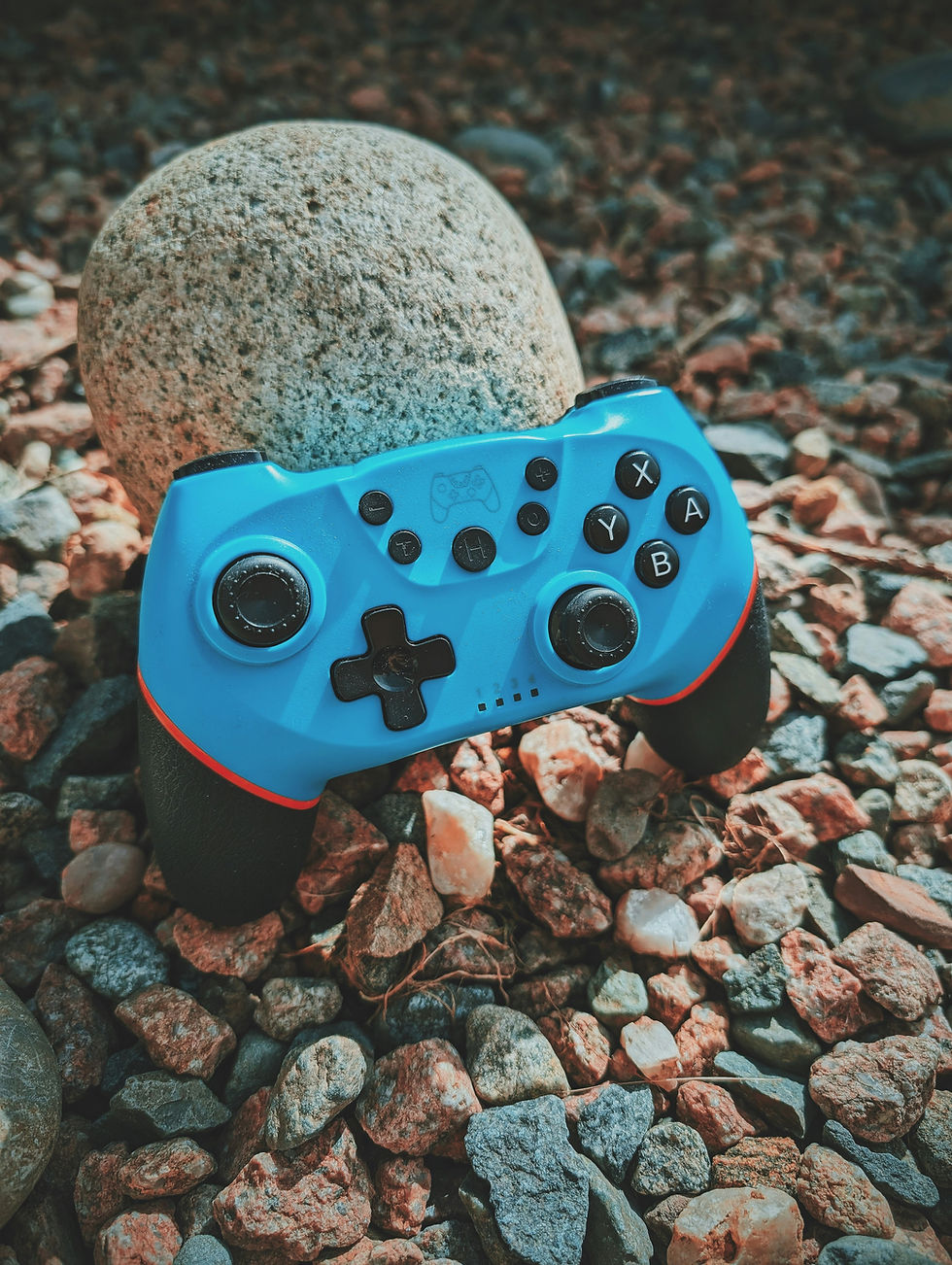
For Traditional Retailers: Pick Your Lane
If you're going premium: Stop apologising for your prices. Mecca doesn't compete on price - they compete on experience, expertise, and exclusivity. Make your customers feel special, not gouged.
If you're going value: Go ALL IN on value like Aldi. Don't try to be premium-ish. Make thriftiness feel like intelligence, not deprivation.
If you're going convenience: Make the experience effortless and predictable. JB Hi-Fi wins because they make buying electronics feel simple and trustworthy.
For Everyone: Accept the New Complexity
Modern consumers don't simply want consistency - they want contextual relevance. They'll pay premium for experiences while buying homebrand basics. They'll queue for limited drops while comparison shopping everything else.
The winners understand that consumer behaviour is fundamentally irrational and embrace that irrationality rather than fighting it.
The Hard Truth About Value
Value in 2025 isn't about offering the lowest price or the highest quality. It's about understanding the psychological state of your customer at the moment they interact with your brand.
A consumer buying Labubu isn't price-sensitive - they're status-seeking (or seeking psychological solace). The same consumer buying homebrand pasta isn't cheap - they're being strategic. The person queuing at Costco isn't desperate - they're treasure hunting.
Your job isn't to sell products alone. It's to understand which psychological need you're fulfilling and then optimise everything around that need.
The Uncomfortable Reality
While you're waiting for interest rates to drop and consumer confidence to return, the smart retailers are already adapting to the new normal. They're not waiting for consumers to feel richer - they're making consumers feel smarter, more exclusive, or more entertained.
If You Only Remember Three Things
Emotion beats logic every time - Stop competing on features and start competing on feelings
Pick an extreme and own it - Premium or value, convenience or experience, but never the mushy middle
Make your customers feel smart - Whether they're hunting dupes, collecting toys, or buying in bulk, make them feel like they've won
The brands winning today aren't the ones with the best products or lowest prices - they're the ones that make their customers feel something. In a world where everyone claims to be broke, the winners are those who make spending feel like winning.
Now if you'll excuse me, I need to go lie down. That Grimace shake is still doing things to my digestive system that McDonald's probably didn't intend.

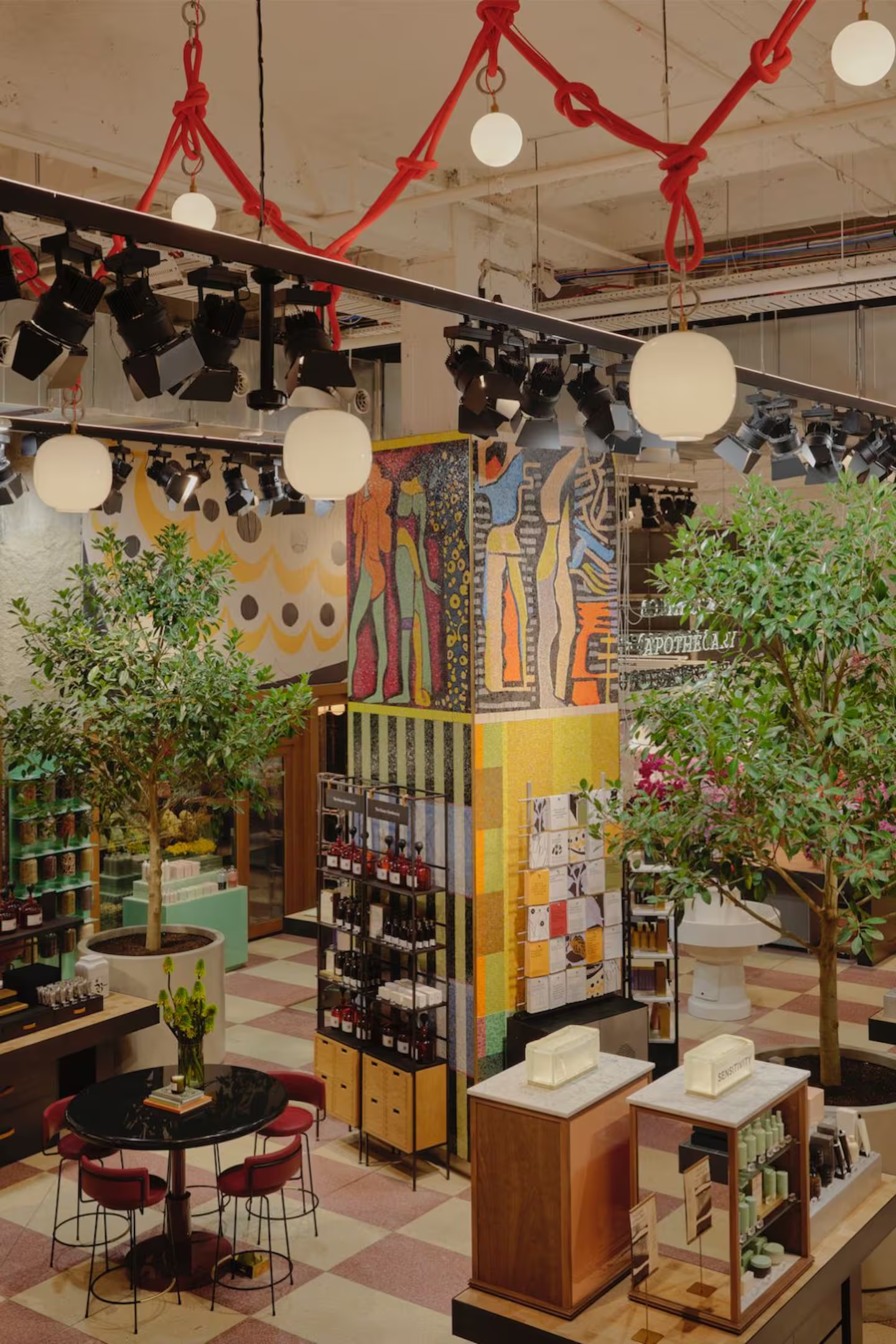





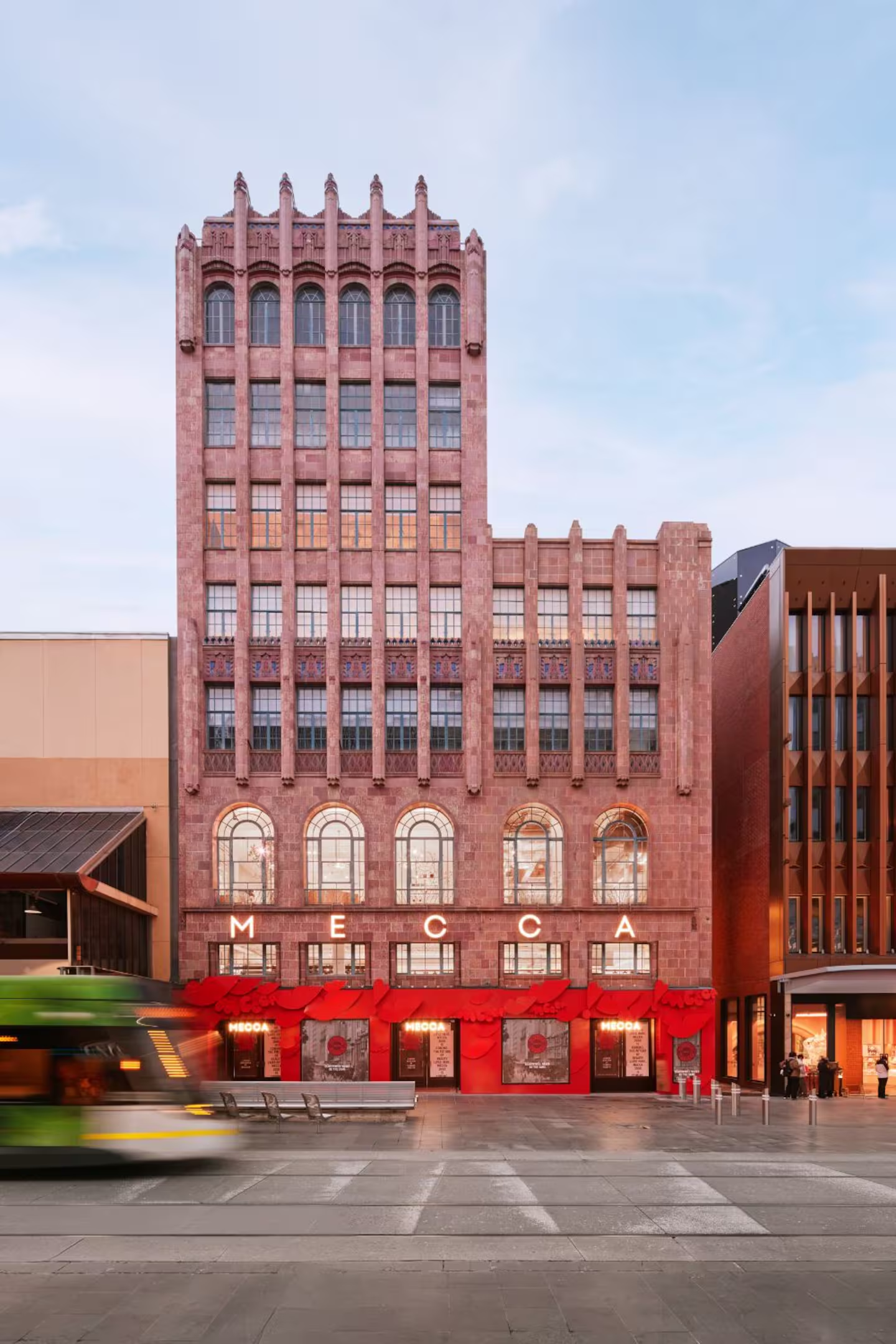


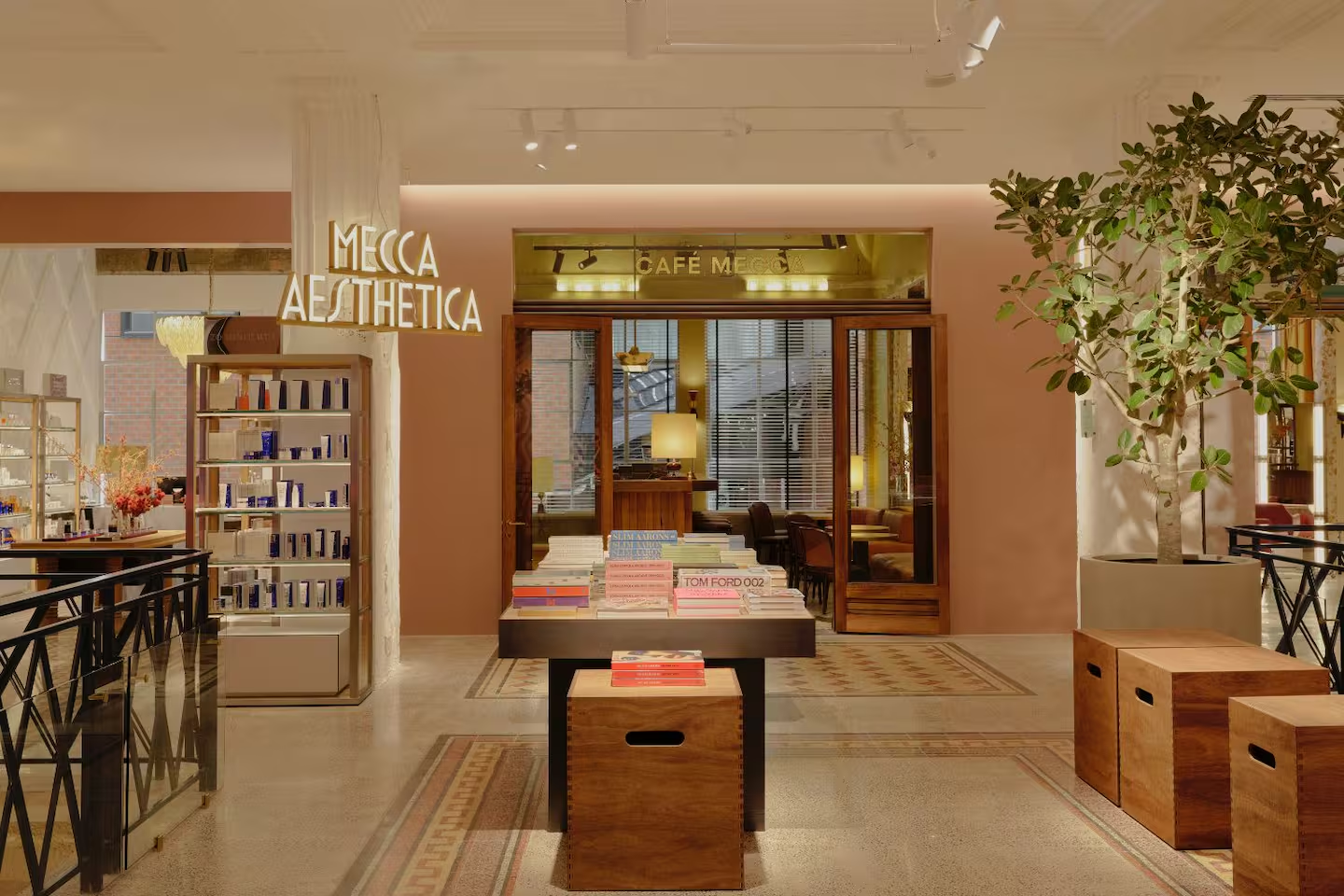
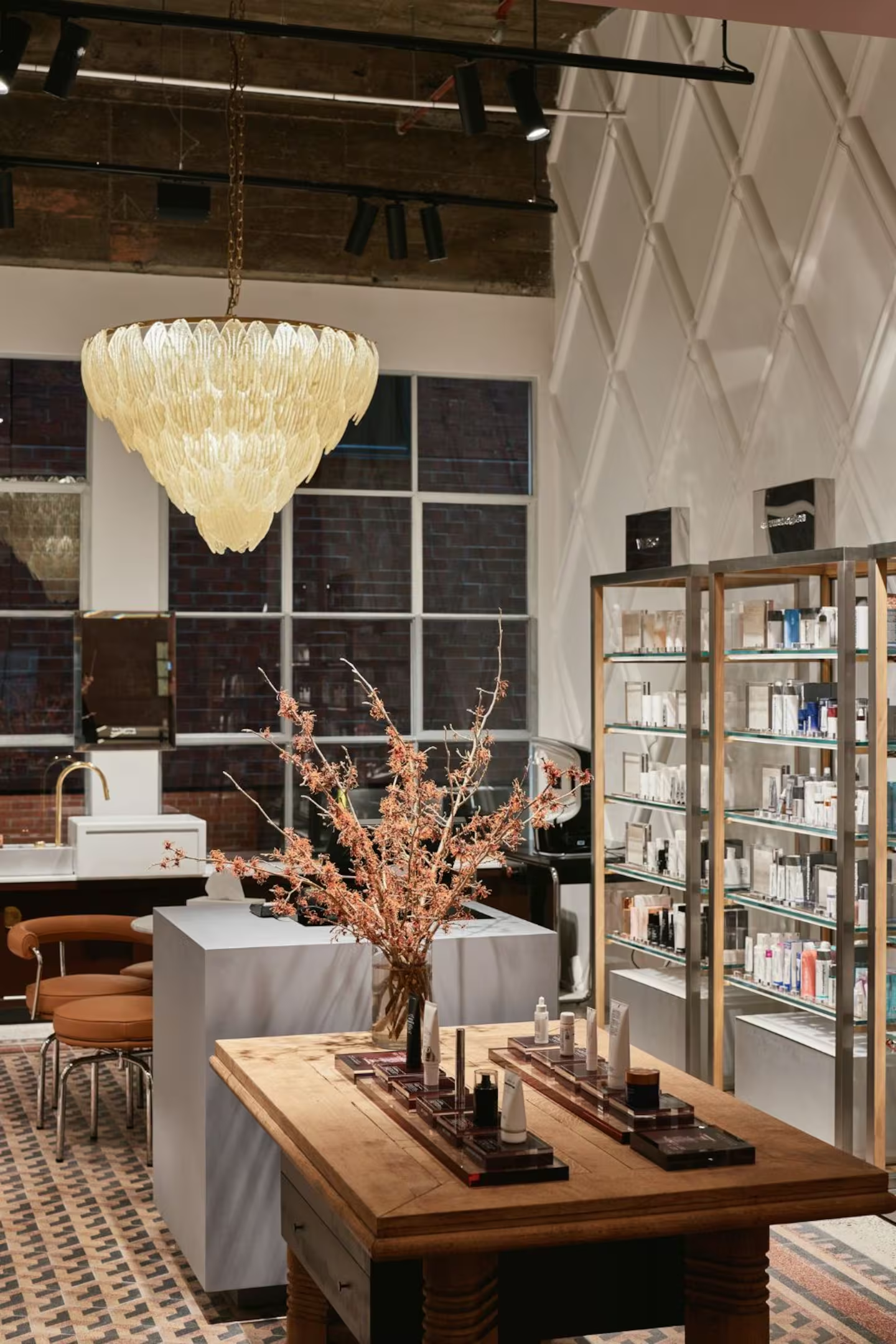


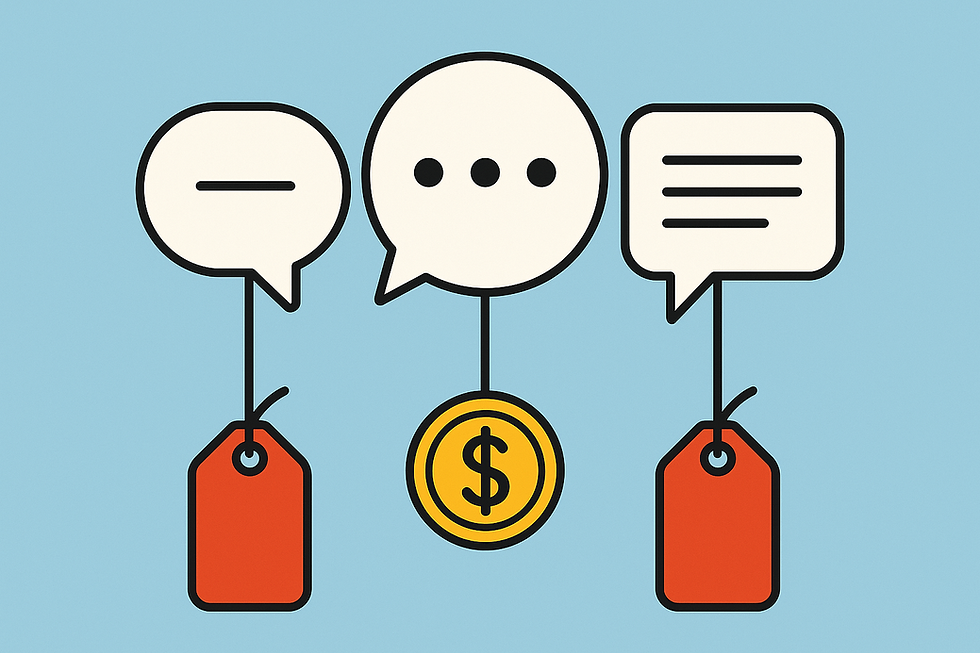


Comments